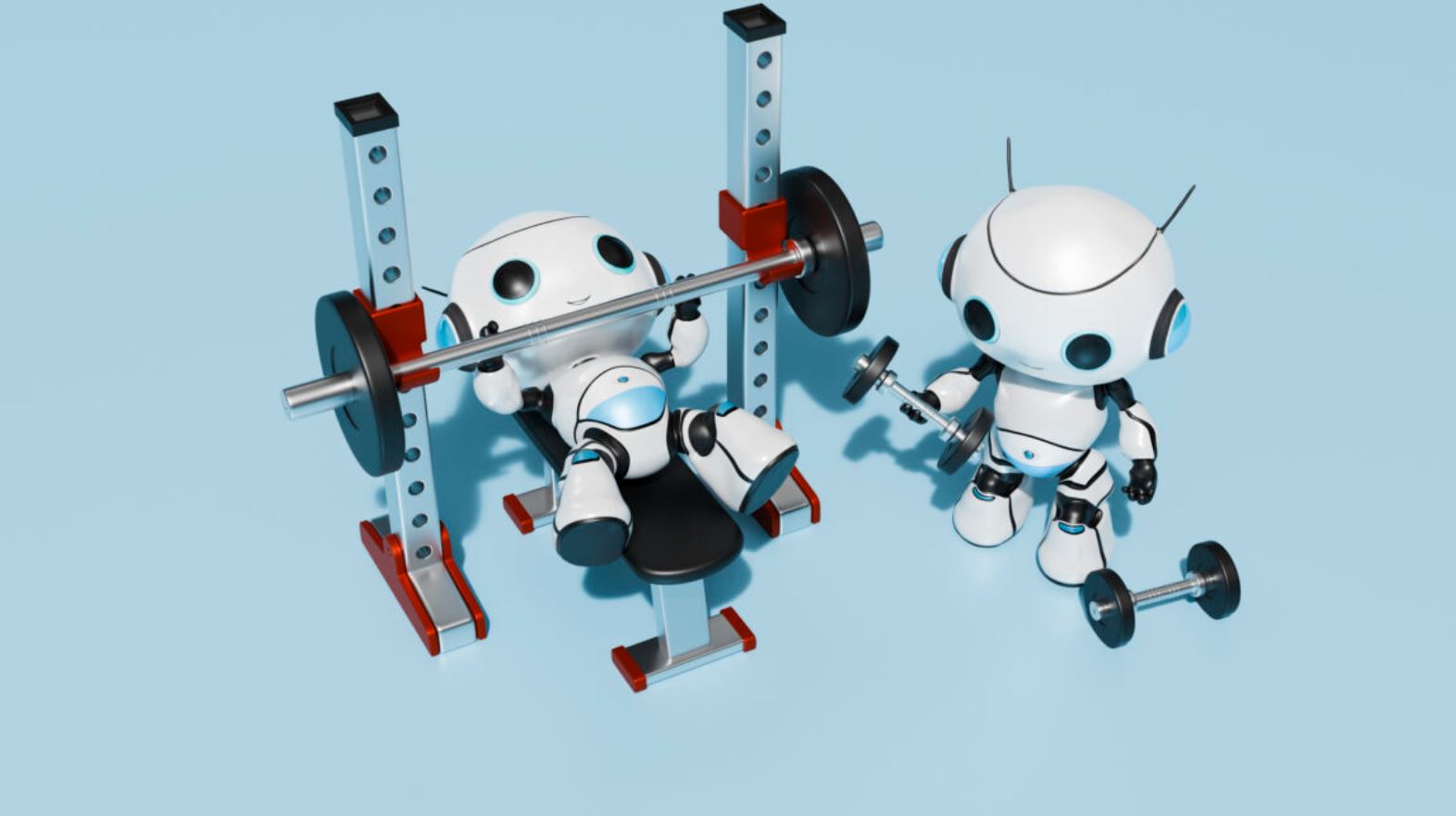 Hey there! If you’re wondering about the latest advancements in AI technology, I’ve got some exciting news for you. Microsoft’s General Artificial Intelligence group has rolled out something truly revolutionary—a neural network model that drastically cuts down on energy consumption. This isn’t just a small tweak; it’s a significant leap forward.
Hey there! If you’re wondering about the latest advancements in AI technology, I’ve got some exciting news for you. Microsoft’s General Artificial Intelligence group has rolled out something truly revolutionary—a neural network model that drastically cuts down on energy consumption. This isn’t just a small tweak; it’s a significant leap forward.
Now, let’s break down what makes this model so special. Traditional AI models usually need a lot of memory and processing power because they rely on 16- or 32-bit floating point numbers. But Microsoft’s new model is different. It operates using just three weight values: -1, 0, or 1. This approach, known as a “ternary” architecture, reduces complexity and boosts computational efficiency. What does this mean for you? Well, it means you can run it on a simple desktop CPU without breaking a sweat.
Despite the reduced precision in weights, this model still performs on par with the top full-precision models across various tasks. Simplifying model weights isn’t a new idea—researchers have been exploring this path for years. Recently, efforts have focused on “BitNets,” which represent weights with a single bit. The BitNet b1.58b model isn’t quite that extreme, but it uses a “1.58-bit” system, which is the average bit count needed to represent three values. It’s actually the first open-source, native 1-bit large language model (LLM) trained at scale, featuring a 2 billion token model from a 4 trillion token training dataset.
Unlike older quantization methods that often led to performance drops, this model keeps its efficiency without losing any capabilities. Thanks to its reduced complexity, the BitNet b1.58 model only requires 0.4GB of memory—compare that to the 2 to 5GB needed for similar models. Its simplified weighting system also boosts operational efficiency by relying more on simple addition rather than costly multiplication. These improvements mean the model uses 85 to 96 percent less energy than comparable full-precision models.
With a highly optimized kernel, BitNet b1.58 runs several times faster than standard full-precision transformers. It achieves speeds comparable to human reading (5-7 tokens per second) on a single CPU. And here’s the kicker: these advancements don’t compromise its performance on tests of reasoning, math, and knowledge capabilities. On various benchmarks, BitNet nearly matches the top models in its size class while offering substantial efficiency gains.
Even with these successes, researchers admit there’s still a lot to learn about why the model performs so well with simplified weighting. Further investigation into the theoretical basis of 1-bit training is needed. Plus, more research is required to match the size and memory of today’s largest models. Still, this research offers a promising alternative for AI models facing high hardware and energy costs on powerful GPUs. The findings suggest that today’s “full precision” models might be as wasteful as muscle cars when a more efficient alternative could yield similar results.
For those of us looking for efficient, practical AI solutions, this could be a game-changer. It’s all about getting the most out of what we have without unnecessary waste.








